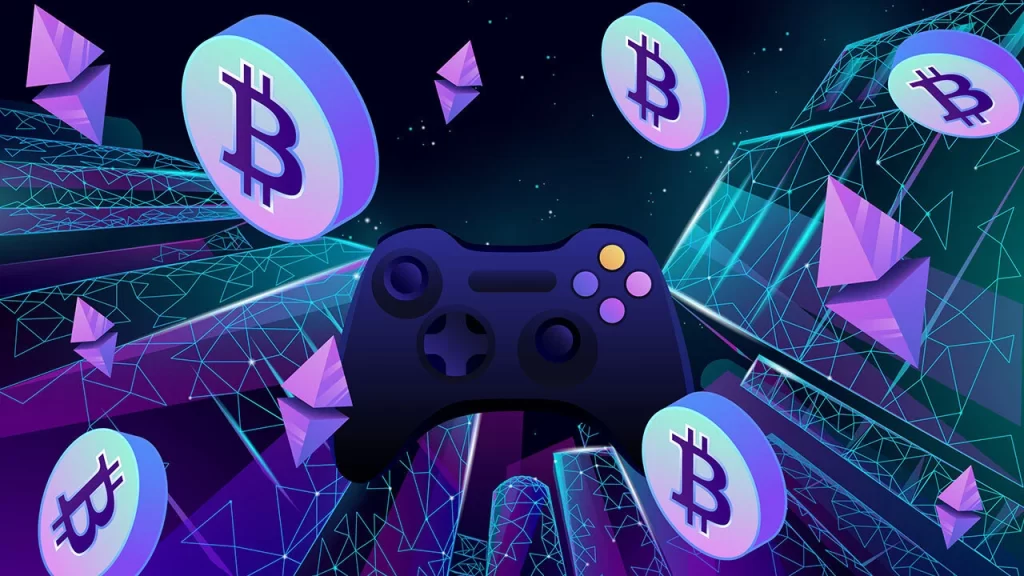Is There Still a Future for Crypto Gaming? Trends and Insights for 2025
Is there still a future for crypto gaming? The answer is complex but promising. While the market has faced challenges, advancements in blockchain, NFTs, and play-to-earn models show strong growth potential. This article explores the current trends, market conditions, and future outlook for crypto gaming, offering a comprehensive view for those considering its viability.
Key Takeaways
- Crypto gaming has evolved significantly since the introduction of Bitcoin in 2009, with key milestones like CryptoKitties and play-to-earn models creating new economic ecosystems.
- The blockchain gaming market is projected to grow at a CAGR of 21.8% from 2023 to 2030, driven by increasing investments and innovations in decentralized finance and AAA blockchain games.
- Emerging trends such as NFT integration, the rise of decentralized autonomous organizations (DAOs), and metaverse expansion are crucial for shaping the future of crypto gaming.
Evolution of Crypto Gaming

The story of crypto gaming is a fascinating tale of innovation and evolution. It all began with the introduction of Bitcoin in 2009, which marked the integration of blockchain technology into digital gaming environments. This initial phase saw the emergence of basic blockchain elements in games, setting the stage for the revolutionary developments that followed.
Key milestones in the history of crypto gaming include the release of games like CryptoKitties in 2017, which popularized the concept of true digital ownership. The introduction of play-to-earn models further revolutionized the sector by allowing players to monetize their gaming experiences.
Games like Axie Infinity solidified this concept, creating new economic ecosystems within the crypto space. NFTs have expanded ownership beyond traditional gaming, adding value and engagement for players.
Early Beginnings
The concept of blockchain gaming began taking shape with the introduction of Bitcoin in 2009, marking the inception of digital currencies in the gaming landscape. In the early days, crypto games incorporated basic blockchain elements, but it wasn’t until the 2010s, as technology advanced, that the full potential of blockchain in gaming began to be realized.
Web3 technologies are now revolutionizing gaming by giving players true ownership of in-game assets through non-fungible tokens (NFTs). This shift has opened new avenues for game development, allowing players to have real-world value tied to their digital achievements. These significant developments have laid a strong foundation for the vibrant and dynamic sector that crypto gaming is today.
Key Milestones
The release of CryptoKitties in 2017 was a watershed moment in the history of crypto gaming, showcasing the capability of blockchain to create unique, tradable in-game assets. This game not only introduced the concept of digital scarcity but also highlighted the potential for blockchain technology to revolutionize the gaming experience. The launch of Bitcoin in 2009 had already influenced the integration of digital currencies in gaming.
Following CryptoKitties, the rapid expansion of the crypto gaming sector was driven by the introduction of new games, decentralized marketplaces, and play-to-earn systems. The integration of DeFi elements in crypto gaming has enabled token deposits, rewards, and governance opportunities, further enhancing the economic ecosystem within these games.
These significant developments over the past decade have set the stage for the next chapter in the evolution of crypto gaming.
Current State of the Crypto Gaming Market
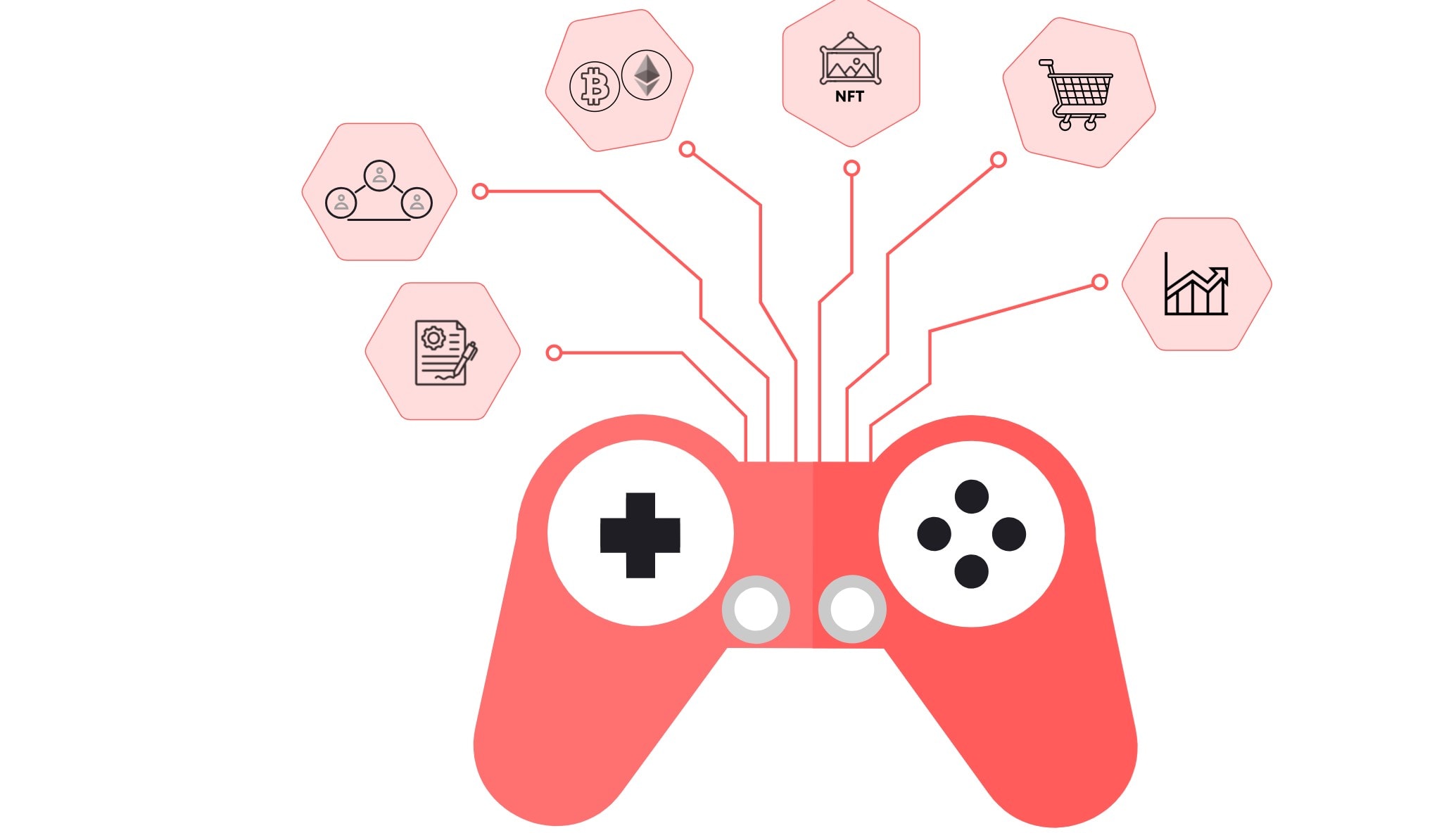
Today, blockchain gaming transactions surpass all other blockchain applications in daily activity. This surge in activity highlights the growing popularity and adoption of crypto games within the gaming industry. Companies like Cubix are partnering in blockchain game development, contributing to the rapid expansion of the crypto market by creating popular blockchain games that attract a diverse range of players.
The current state of the crypto gaming market reflects a dynamic and rapidly evolving sector. With a strong foundation of active users and innovative game developers, the market is poised for significant growth. Understanding the current trends and market dynamics is crucial for anyone looking to navigate the crypto space and capitalize on the opportunities it presents.
Market Analysis
The global blockchain gaming market was valued at $128.62 billion in 2022, reflecting its substantial presence within the broader gaming industry. North America held the largest share of the market, accounting for 23.87% in 2022, underscoring the region’s influence and investment in blockchain gaming. This market is projected to grow at a compound annual growth rate (CAGR) of 21.8% from 2023 to 2030, indicating robust future growth.
By 2030, the blockchain gaming market is expected to reach approximately $614.91 billion. This growth is supported by significant investments, such as Animoca Brands raising $565 million in 2022, highlighting the rising interest and funding in the sector. Investment in blockchain gaming increased by 314% in the last quarter, reflecting the increasing confidence and potential seen by investors.
The emergence of AAA blockchain games is expected to attract more players and investment into the gaming sector, driving further growth. Financial growth in the crypto gaming market is also supported by the increasing popularity of decentralized finance elements like staking and liquidity pools. Valued at over $4.6 billion in 2023, the global market for blockchain gaming indicates ongoing expansion and lucrative opportunities.
Popular Blockchain Games
The user base of crypto gaming platforms has expanded to include a diverse range of players seeking money-making opportunities. The majority of players in crypto gaming are aged 18 to 34, reflecting a young and tech-savvy demographic. Regions like Asia, Latin America, and Africa have seen a rapid increase in crypto gaming participation, driven by economic conditions and high mobile device ownership.
In crypto-friendly regions, players expect to use cryptocurrencies for a seamless gaming experience. The factors driving players to play-to-earn games in these regions include economic conditions and the accessibility of mobile devices. This growing demand highlights the significant rise in the popularity of blockchain gaming and its potential to transform traditional gaming models.
Factors Driving the Future of Crypto Gaming
As we look towards the future, several key factors are driving the growth and evolution of crypto gaming. New economic models in blockchain gaming are evolving. They are designed to respond dynamically to user contributions. The growth potential for blockchain gaming is bolstered by the development of decentralized game worlds and empowered communities.
An active player community and ongoing technology development fuel the expansion of the crypto gaming sector. Incentivizing participation remains a core functionality of blockchain games, ensuring sustained engagement and growth.
The development of blockchain games requires specialized teams of blockchain experts and game developers, highlighting the importance of skilled professionals in driving innovation.
Technological Advancements
Blockchain technology enables peer-to-peer trade of in-game assets and monetization without intermediaries, creating expansive experiences and enhancing gameplay opportunities. Layer 2 solutions are making blockchain gaming more user-friendly by reducing transaction costs and improving speed. AI technology is also enhancing player experiences by improving game behavior, personalizing services, and allowing for more natural NPC actions.
Decentralized gaming is emerging as a key trend, promoting a more equitable ecosystem where players have greater control over their in-game assets. Game developers are increasingly focusing on projects that allow for real-world asset management through NFTs, enhancing their financial viability.
These technological advancements are driving the future of crypto gaming by creating new avenues for innovation and player engagement.
Regulatory Developments
Regulators in the crypto gaming sector are focusing on creating security systems, preventing fraud, and ensuring fair treatment. A more structured regulatory environment for cryptocurrencies in iGaming is anticipated by 2025, which will foster consumer trust and encourage mainstream adoption. Harmonizing rules across countries is key to achieving widespread adoption of crypto payments in iGaming.
The regulatory scrutiny of cryptocurrency and NFT projects by the SEC affects the addition of blockchain elements in games, highlighting the challenges developers face in navigating the regulatory landscape. These significant developments in regulation are crucial for the sustainable growth of the crypto gaming sector, ensuring a secure and fair environment for all participants.
Player Demand
Gamers increasingly seek true ownership of in-game assets, driving demand for platforms that support this feature. True ownership of in-game assets is a significant draw for players, influencing their choice of gaming platforms. Economic sustainability in GameFi relies on balanced tokenomics to maintain player engagement and prevent inflation.
Multiple reasons explain the rapid increase in demand for crypto gaming, including ownership, security, and innovative experiences. Players are looking for gaming experiences that offer real-world value and enhanced security, shaping the future of the crypto gaming market and pushing developers to create more engaging and rewarding games.
Benefits and Challenges of Crypto Gaming
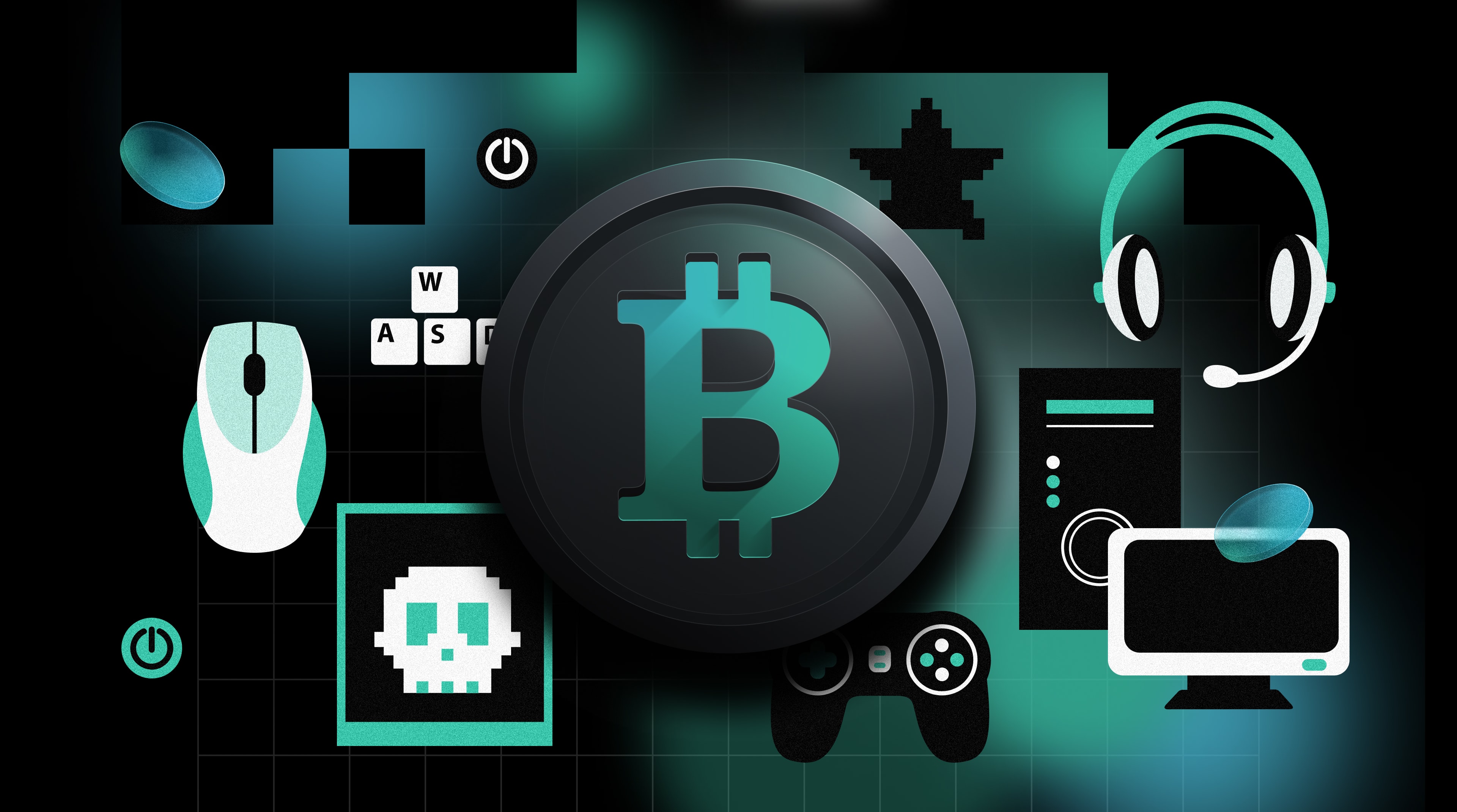
The integration of blockchain in gaming allows players to own and trade digital assets, transforming traditional gaming models and offering new economic opportunities. Play-to-Earn games allow players to receive rewards that can be converted into real-world value, making their gaming experience financially rewarding. This model is particularly valuable in areas with limited employment options, providing an alternative source of income.
However, the sector also faces significant challenges. These include technical requirements for setting up crypto wallets, regulatory pressures, and concerns among gamers that blockchain technology does not solve any actual problems they have. Addressing these challenges while continuing to innovate and engage players is key to sustained growth in the industry.
Advantages
Blockchain gaming allows players to truly own the assets they earn while playing, distinguishing it from traditional games. Players can own unlocked items in blockchain games and verify the number of in-game items released through blockchain explorers. This true ownership of in-game assets is a primary benefit of blockchain gaming.
Tokenomics in blockchain gaming promote a fairer distribution of economic benefits between players and developers. Blockchain technology enhances player security by using encrypted ledgers for account information, providing a more secure and engaging gaming experience.
Crypto gaming offers players the opportunity to earn money from their gaming experiences. This adds a valuable element to the overall gaming experience.
Challenges
Despite its advantages, crypto gaming faces several significant challenges. Many players struggle with the technical requirements of setting up crypto wallets, which can be a barrier to entry for those not familiar with blockchain technology. Regulatory pressures from agencies like the SEC also hinder the integration of blockchain elements in games, creating uncertainty and potential legal hurdles for developers.
Moreover, there is a lack of institutional buy-in, which is essential for mainstream adoption and growth. Some gamers feel that blockchain technology does not address any actual problems they have, viewing the inclusion of NFTs by game developers as a blatant cash grab. These perceptions and challenges must be addressed to ensure the future success and growth of the crypto gaming sector.
Emerging Trends in Crypto Gaming

As the crypto gaming sector evolves, several emerging trends are shaping its future. One of the most significant developments is the integration of NFTs, which enhances player engagement by allowing them to own, trade, and sell unique digital assets.
The rise of Decentralized Autonomous Organizations (DAOs) is another trend, empowering players to participate in governance and decision-making processes within games. Additionally, the expansion of the metaverse is transforming the gaming experience by creating immersive environments where digital and physical realities merge.
These trends are not only driving innovation but also attracting a diverse range of players and investors to the crypto gaming space. Understanding and capitalizing on these trends is crucial for anyone looking to navigate the future of crypto gaming.
Integration of NFTs
The integration of NFTs in games is gaining traction due to its ability to offer players true ownership of in-game assets. This trend enhances player engagement by allowing them to collect and trade unique digital items, significantly enriching the gaming experience. Platforms like Altura are facilitating the management and trading of in-game assets as NFTs, providing players with real-world value.
NFT adoption in blockchain games is set to accelerate exponentially, reflecting the growing demand for unique digital assets. NFTs enable players to trade or sell in-game items, opening new avenues for monetization and engagement. This trend is transforming the traditional gaming model and offering exciting new opportunities for both players and developers.
Rise of Decentralized Autonomous Organizations (DAOs)
DAOs are becoming increasingly important in the blockchain gaming revolution, empowering players to take part in governance and decision-making processes. This decentralized approach allows for more democratic and transparent management of gaming ecosystems, fostering a sense of ownership and community among players.
Effective community-building is essential for the success of blockchain games, as engaged players contribute to project popularity and longevity. Developers are using various strategies to foster a sense of community among players, which is critical for driving engagement and ensuring the long-term success of their games.
DAOs represent a significant shift in how games are developed and managed, promoting a more inclusive and participatory gaming experience.
Metaverse Expansion
The integration of gaming within the metaverse is expected to enhance user engagement through immersive environments that combine gaming with social interactions. The metaverse represents a Virtual Reality universe where digital and physical realities merge, playing a crucial role in shaping the future of crypto gaming.
Immersive environments in the metaverse can lead to richer gaming experiences, allowing for deeper socialization and player engagement. The expansion of the metaverse indicates a transformative phase for crypto gaming, fostering a thriving ecosystem that attracts diverse users. This trend is set to redefine the boundaries of gaming and create new opportunities for innovation and growth in the crypto gaming sector.
The Role of Game Developers
Game developers play a crucial role in shaping the future of crypto gaming by creating innovative titles that integrate blockchain technology. Their contributions are essential for enabling new business models and enhancing the overall gaming experience. Major game development studios like Zynga and Ubisoft are launching blockchain and NFT experiences, showing a commitment to integrating these technologies into mainstream gaming.
Developers are also focusing on community engagement and building trust among players. Leveraging Decentralized Autonomous Organizations (DAOs) allows players to influence game development, fostering a more inclusive and participatory gaming environment. This approach not only enhances player engagement but also promotes the long-term success of the games.
Investment and Innovation
Investment and innovation are at the heart of the crypto gaming sector’s growth. Game developers can generate real-world scarcity for in-game assets through blockchain technology and earn royalties from secondary sales. Companies like Animoca Brands have placed trust in Hedera for their blockchain gaming projects, alongside industry leaders like Ubisoft and Electronic Arts, highlighting the sector’s potential.
Cubix has developed blockchain gaming titles such as Taunt Battleground, Wagmi, and Second World Micropets, showcasing innovative applications of blockchain technology. Through blockchain integration, developers gain persistent data flows that allow them to track usage patterns and enhance real-time analytics, driving continuous improvement and innovation in game development.
Community Engagement
Community engagement is essential for building trust and encouraging participation in the crypto gaming ecosystem. DAOs provide engaged player bases with direct input over ongoing development initiatives and game decision-making, fostering a sense of ownership and community.
Trust and participation in gaming communities are fostered through transparent engagement practices such as DAOs, which allow players to collectively influence game development. By prioritizing community engagement, developers can create a more inclusive and participatory gaming environment, enhancing the overall player experience and ensuring the long-term success of their games.
Security and Transparency in Crypto Gaming
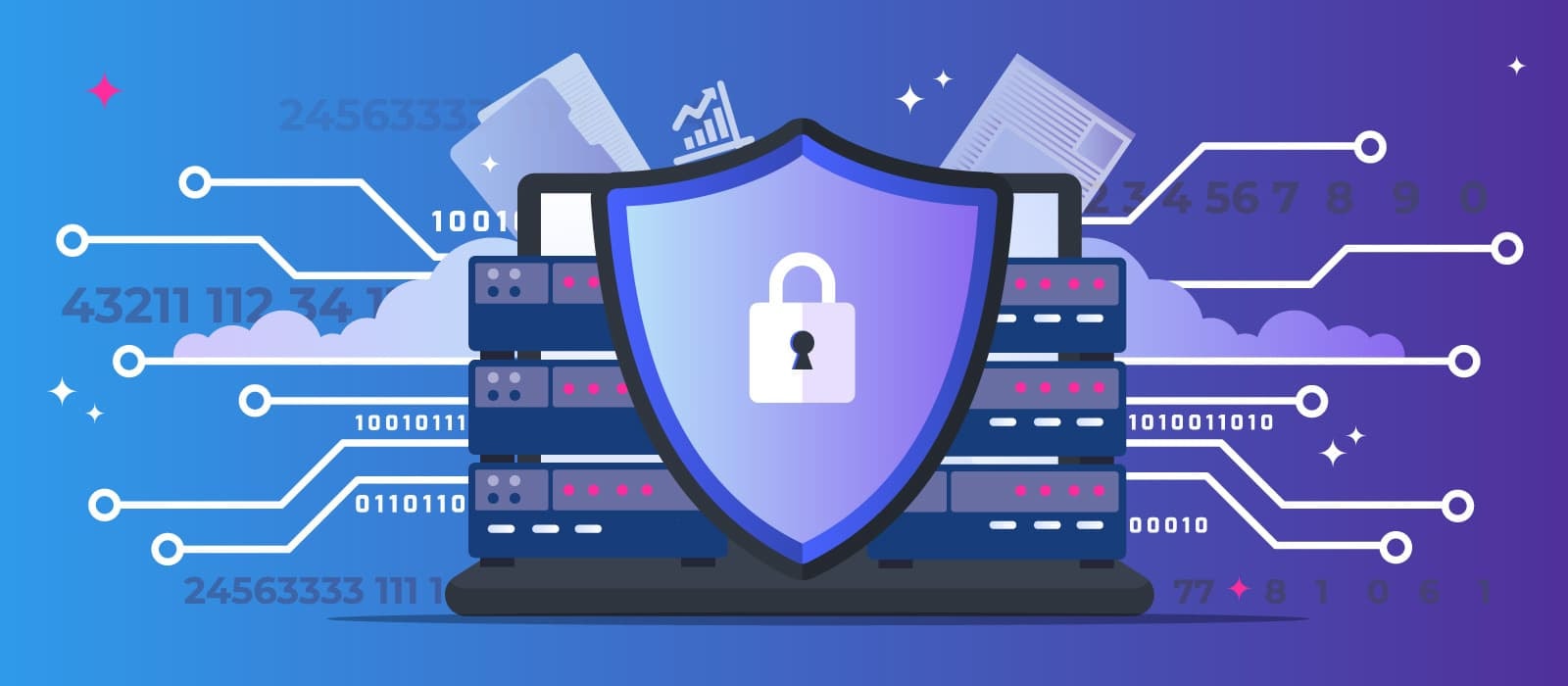
Security and transparency are critical components of the crypto gaming sector. Blockchain technology will be integrated into gaming platforms to ensure trust and accountability, preventing data manipulation and enhancing the overall gaming experience. Cryptocurrencies offer faster transactions and lower costs compared to traditional payment methods, further enhancing the efficiency of the gaming ecosystem.
The immutable, decentralized ledger provided by blockchain technology and blockchain networks ensures secure handling of digital asset transactions and data distribution across multiple locations. This enhances player security and ensures reliable records of ownership, contributing to a more secure and transparent gaming environment.
The platforms developers choose and the security practices they follow play a significant role in influencing the overall security of crypto games.
Blockchain Technology
Blockchain technology offers security and transparency in asset tracking, decentralized management, and the freedom to trade, enhancing the gaming experience. It enables safe handling of digital asset transactions and data distribution across multiple locations, contributing to in-game asset ownership by ensuring secure and reliable records of ownership.
Blockchain games enhance player security through encrypted ledgers, protecting transaction details and ownership records. The decentralized system tracks asset ownership reliably, facilitating secure transactions and safeguarding players’ assets.
Players should use secure wallets and conduct research to protect their assets in the crypto gaming environment.
Enhanced Security Measures
Advanced security techniques are essential for protecting both game assets and players’ personal information in crypto gaming. These security measures not only help in maintaining player privacy but also build trust in the gaming ecosystem. Safeguarding game assets from hacking or fraud is critical for maintaining player confidence in the value of their in-game investments.
The implementation of advanced security measures is vital for ensuring a sustainable and trustworthy environment in the future of crypto gaming. By prioritizing security and transparency, the crypto gaming sector can create a secure and engaging experience for players, driving the long-term success and growth of the industry.
Economic Impact and Earnings Potential
The economic impact and earnings potential of crypto gaming are significant. Play-to-earn models have emerged as a major milestone, allowing gamers to earn real-world value through their in-game activities. Players can buy and sell items on trading markets, creating new opportunities for monetization and economic sustainability.
These models have evolved from simple prize systems to complex economic structures that increase player motivation and engagement. Players can earn money in crypto games by completing tasks, participating in battles, and achieving milestones.
The financial growth projections for the sector are promising, with stablecoins benefiting operators by streamlining accounting and financial planning. The crypto gaming market is experiencing significant growth and is projected to continue on this trajectory, offering lucrative opportunities for players and investors alike.
Play-to-Earn Models
Play-to-earn models in gaming enable players to earn real money while engaging in gameplay. These models have evolved to include various earning methods such as locking funds for returns and farming rewards, increasing player motivation and engagement. Players can earn money in crypto games by completing tasks, participating in battles, and achieving milestones, with tradeable cryptocurrency rewards providing significant financial incentives.
Digital assets earned by players can be traded or sold on marketplaces for real-world currency, making crypto gaming accessible to a broader audience. Axie Infinity serves as a prominent example of a successful play-to-earn game, highlighting the potential of these models to transform the gaming experience and offer real-world value to players.
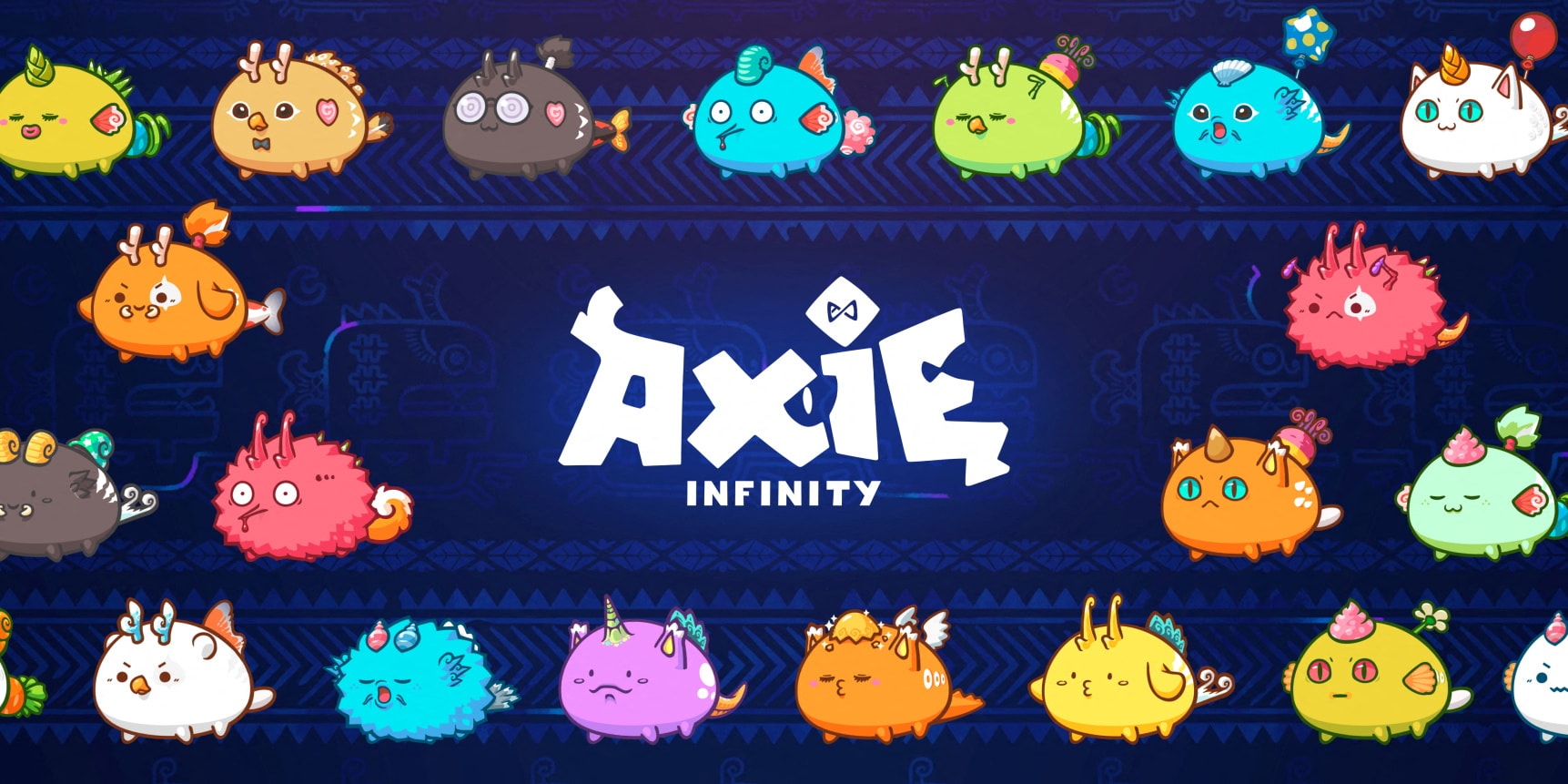
Financial Projections
The financial projections for the crypto gaming sector are highly promising. Stablecoins benefit operators in the gaming sector by streamlining accounting and financial planning, offering a more stable and predictable financial environment. The crypto gaming market is experiencing significant growth and is projected to continue on this trajectory, driven by play-to-earn models and increasing player engagement.
Players in crypto gaming can earn real money through play-to-earn models, which are becoming increasingly popular. The sector’s ongoing expansion offers lucrative opportunities for both players and investors, highlighting the economic impact and earnings potential of crypto gaming. As the market continues to grow, these models will play a crucial role in shaping the future of the gaming industry.
Summary
The journey of crypto gaming from its early beginnings to its current state is a testament to the transformative power of blockchain technology. Key milestones such as the introduction of play-to-earn models and the rise of NFTs have revolutionized the gaming experience, offering players true ownership of in-game assets and new avenues for monetization. The current state of the crypto gaming market reflects a dynamic and rapidly evolving sector, with significant growth potential driven by technological advancements, regulatory developments, and player demand.
As we look towards the future, emerging trends such as the integration of NFTs, the rise of DAOs, and the expansion of the metaverse are set to redefine the boundaries of gaming. Game developers play a crucial role in driving innovation and community engagement, while security and transparency remain critical components of the sector. The economic impact and earnings potential of crypto gaming are significant, offering lucrative opportunities for players and investors alike. The future of crypto gaming is bright, and those who embrace these trends and innovations will be well-positioned to capitalize on the opportunities it presents.
Frequently Asked Questions
What is crypto gaming?
Crypto gaming integrates blockchain technology into digital games, enabling players to own, trade, and monetize their in-game assets effectively. This innovation transforms the gaming experience by providing true ownership and economic opportunities.
How do play-to-earn models work?
Play-to-earn models work by allowing players to earn real money through in-game activities like completing tasks and achieving milestones. This creates a direct financial incentive for player engagement and participation.
What are NFTs, and how are they used in crypto gaming?
NFTs are unique digital assets representing ownership of in-game items, allowing players to trade or sell these items, which enhances engagement and monetization in crypto gaming.
What are DAOs, and why are they important in crypto gaming?
DAOs (Decentralized Autonomous Organizations) are essential in crypto gaming as they empower players to engage in governance and decision-making, enhancing community involvement and ownership. This structure not only strengthens player investment but also drives the evolution of games through collective input.
What are the main challenges facing the crypto gaming sector?
The main challenges in the crypto gaming sector include the technical complexities of setting up crypto wallets, regulatory pressures, and skepticism among gamers regarding the necessity and value of blockchain technology. These issues must be addressed for the sector to thrive.

